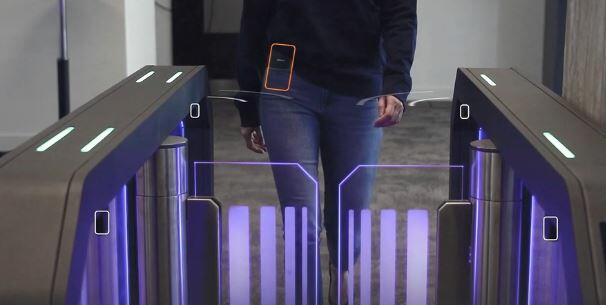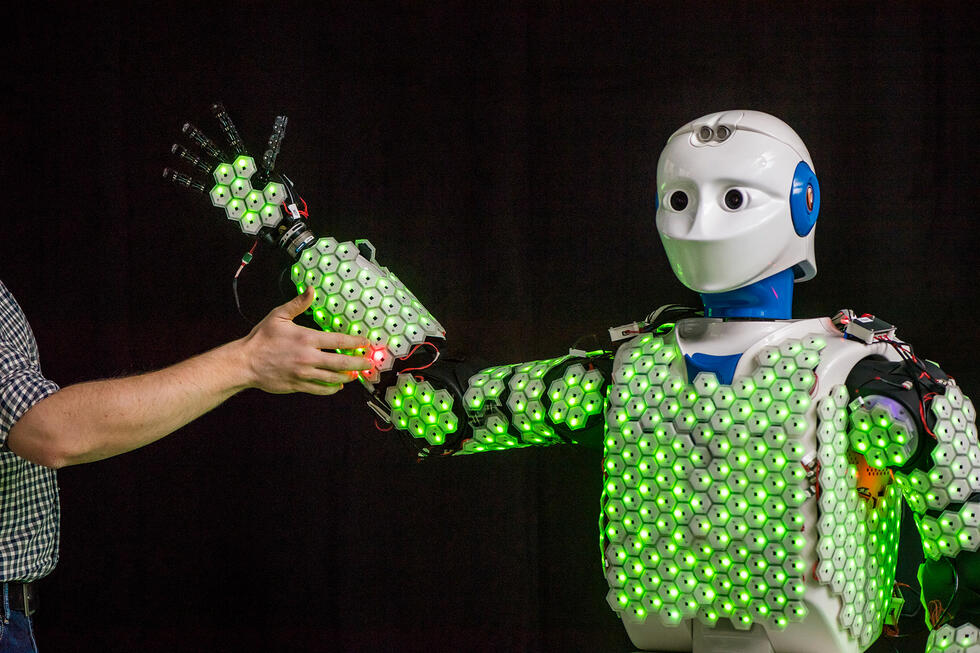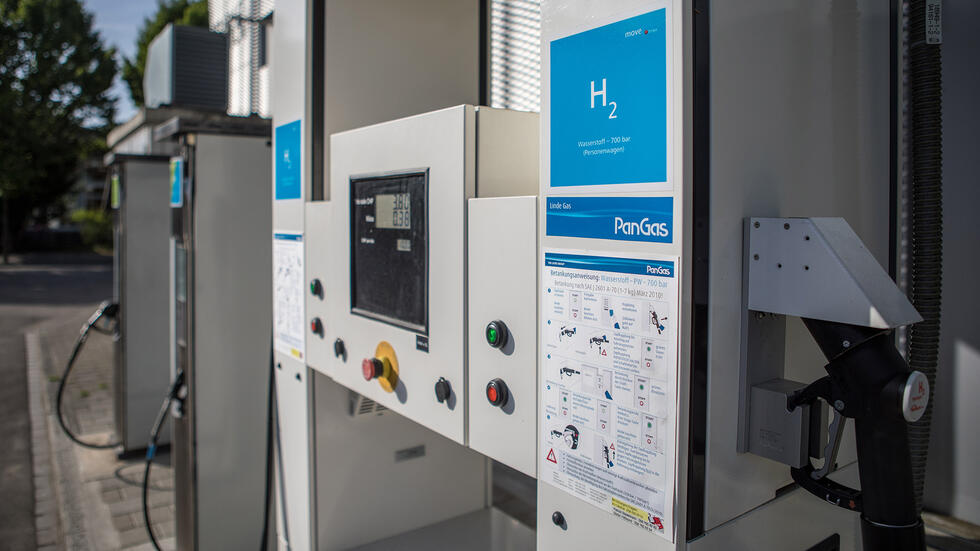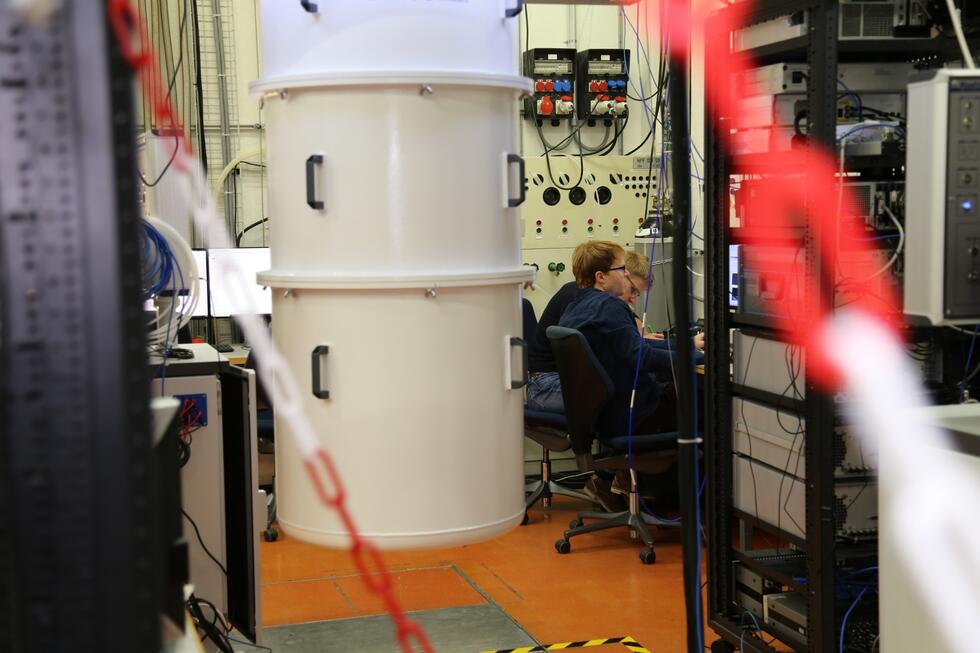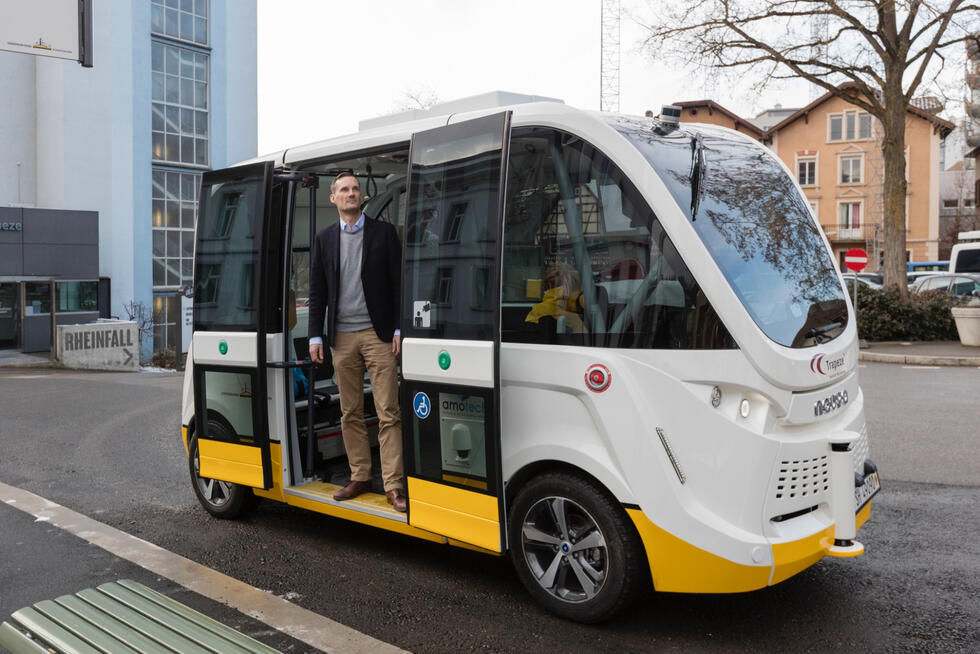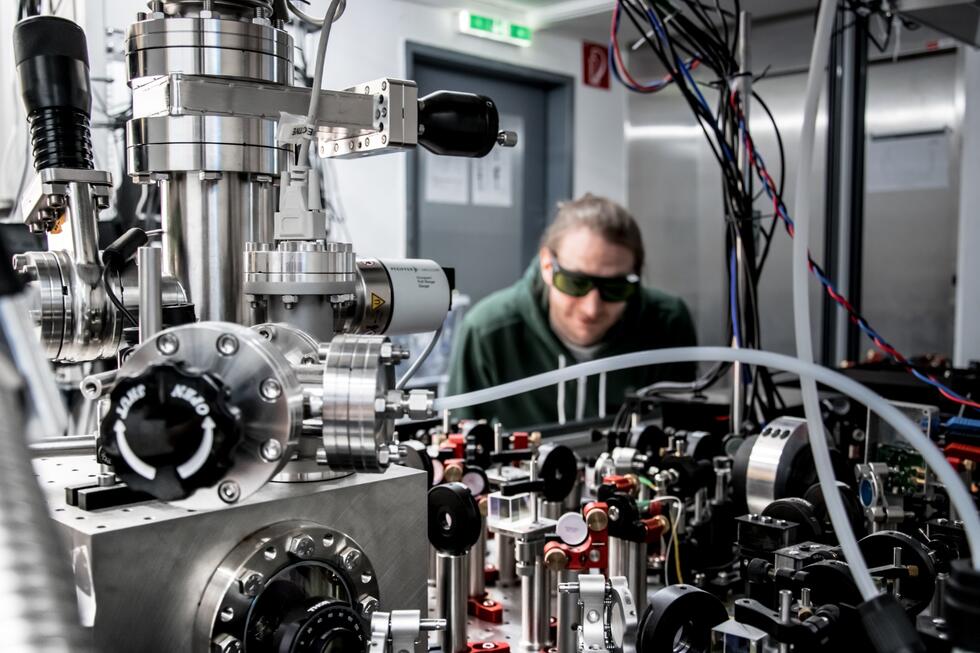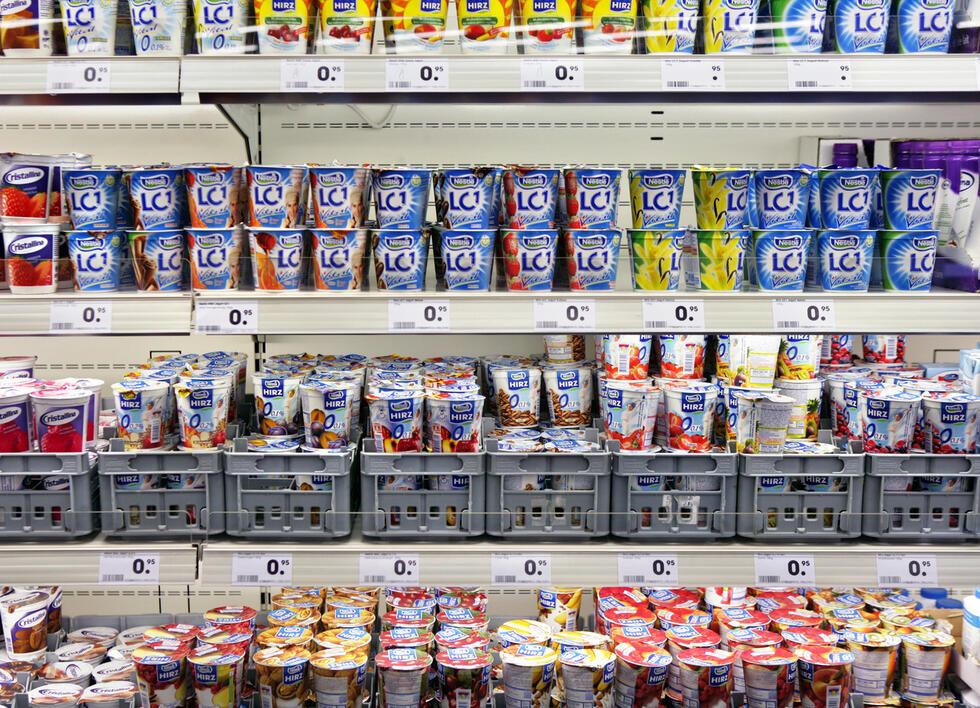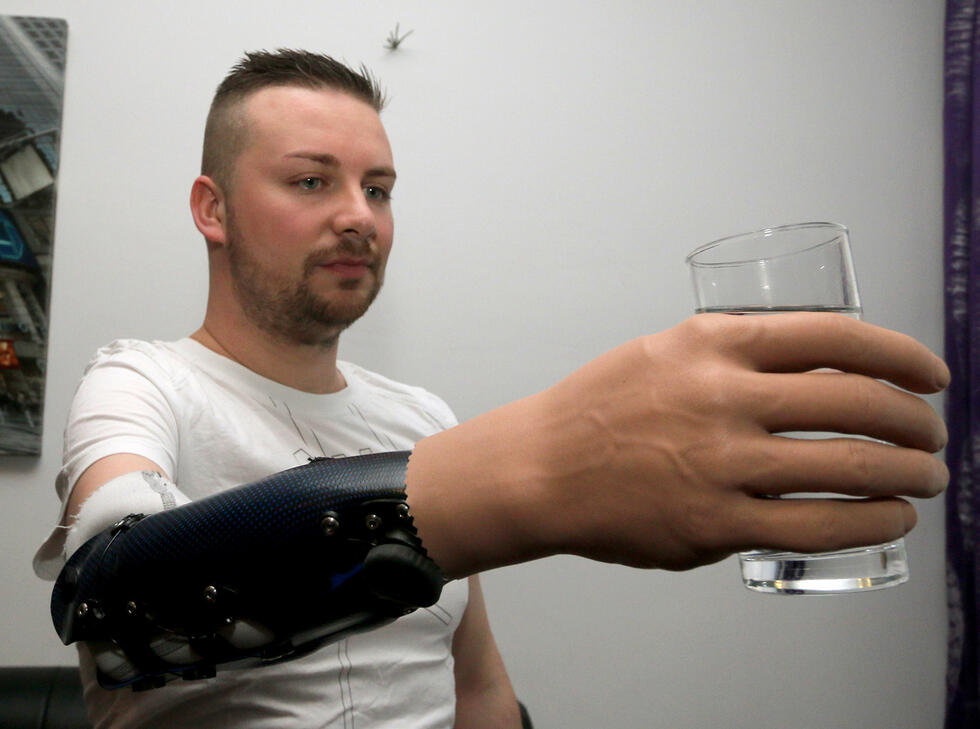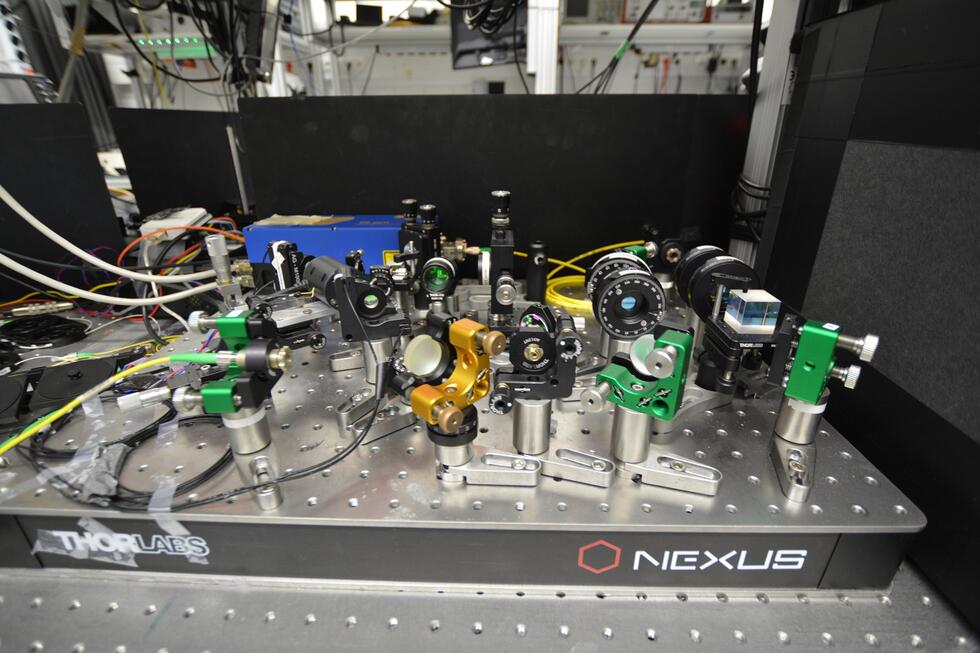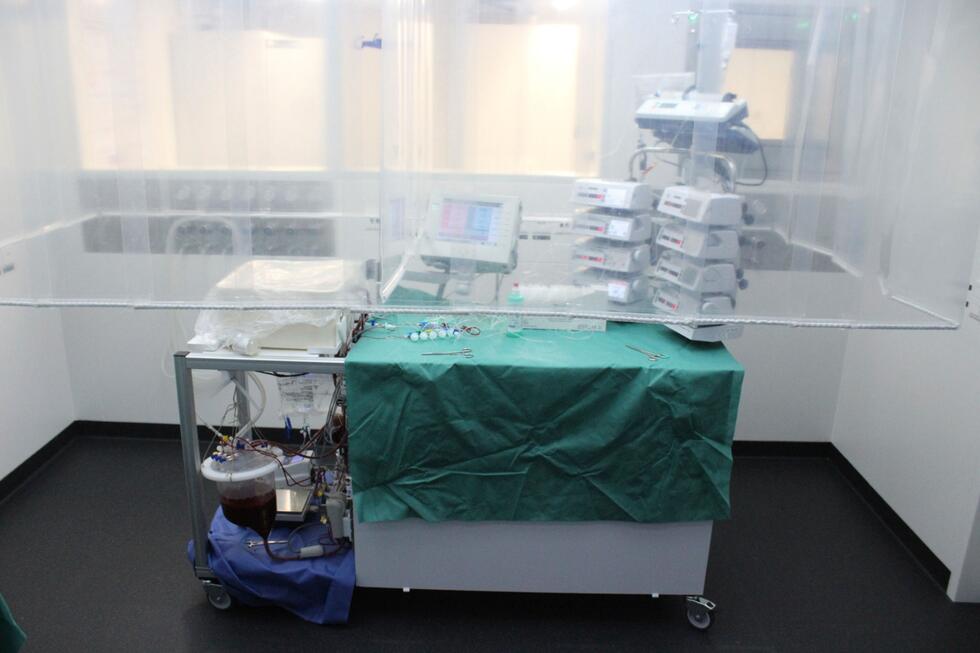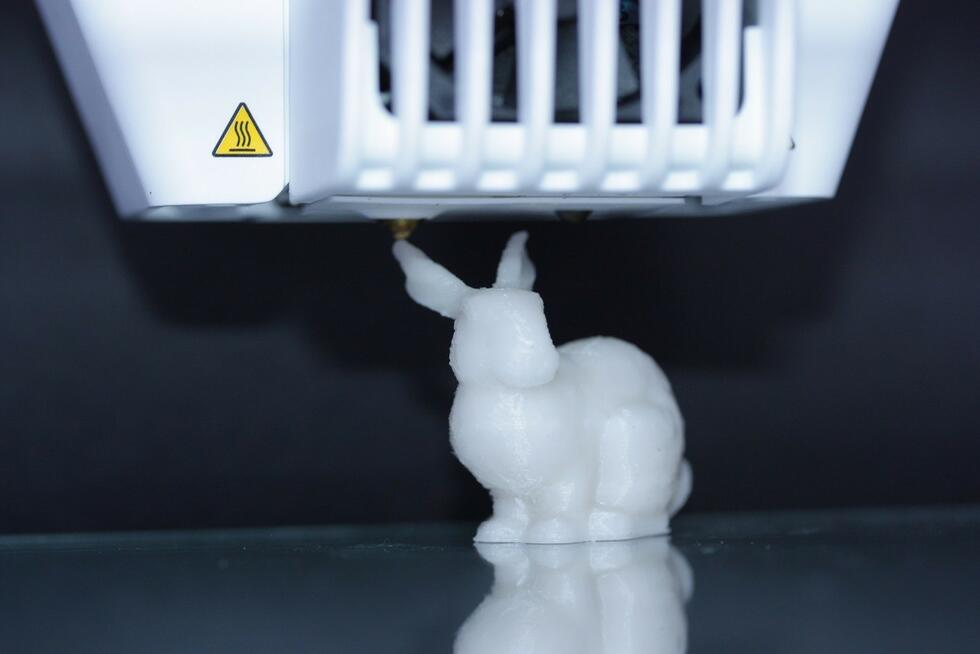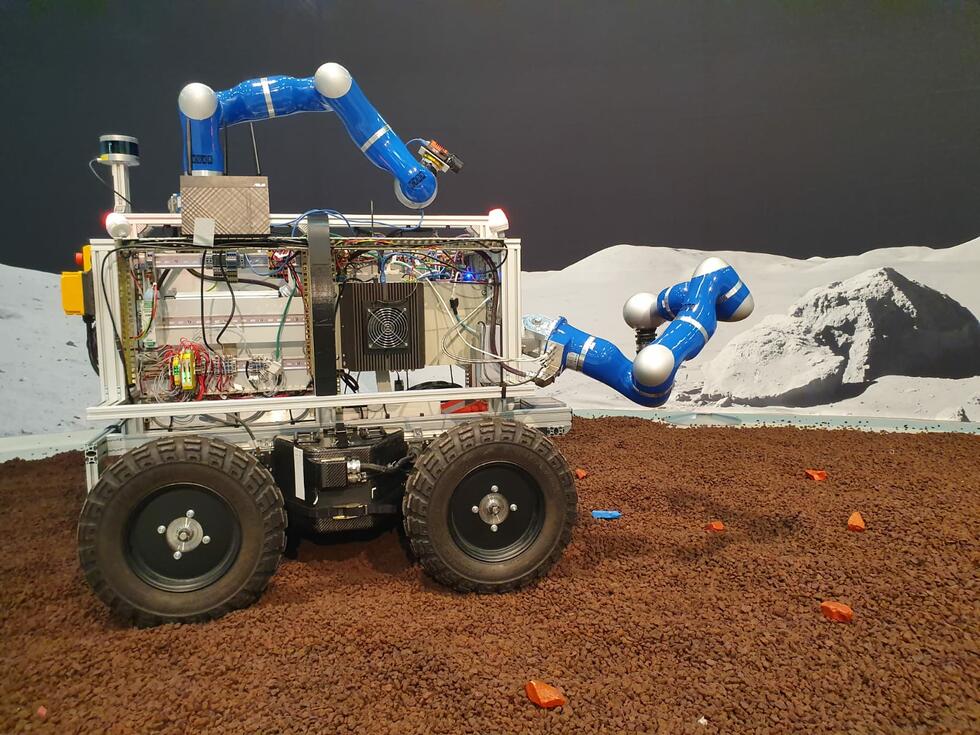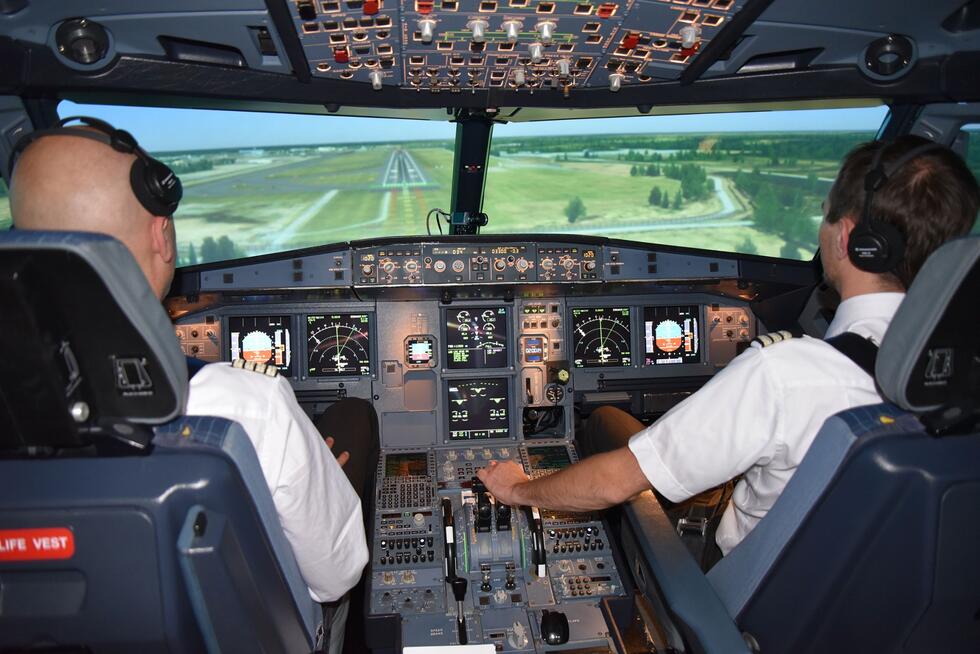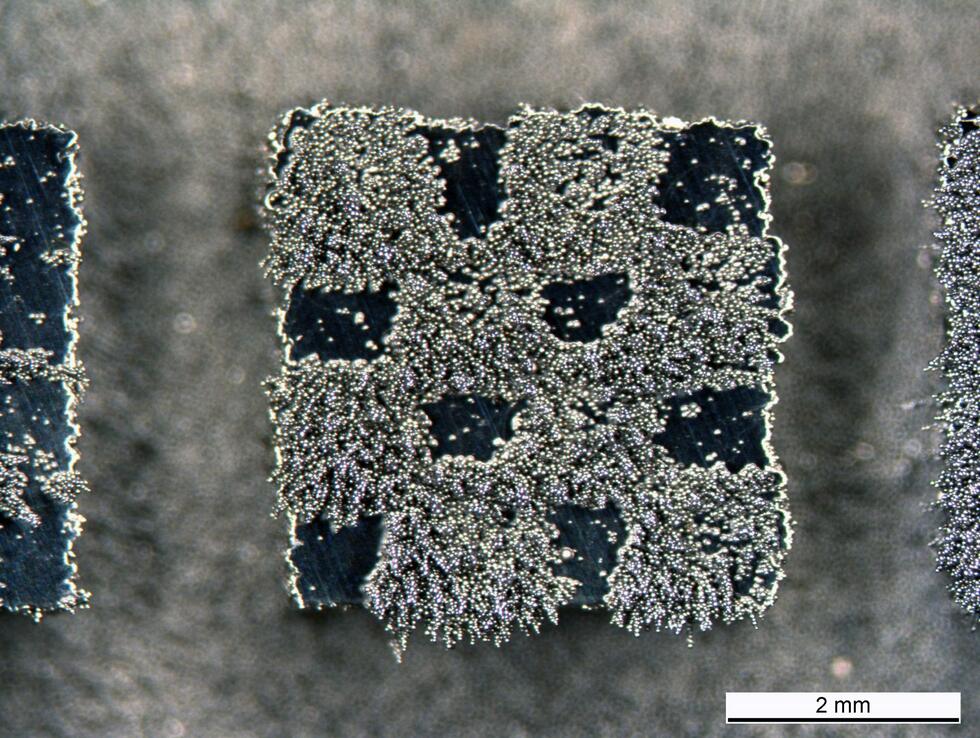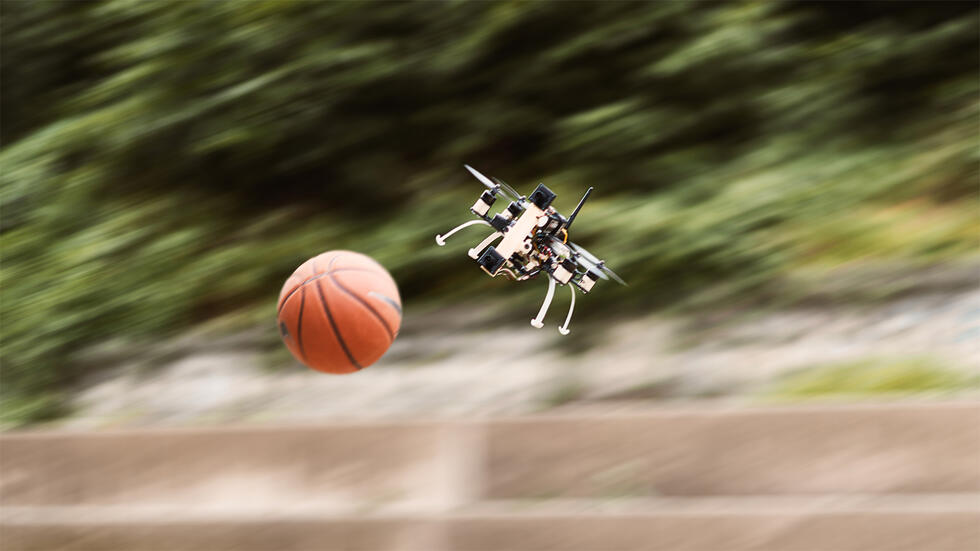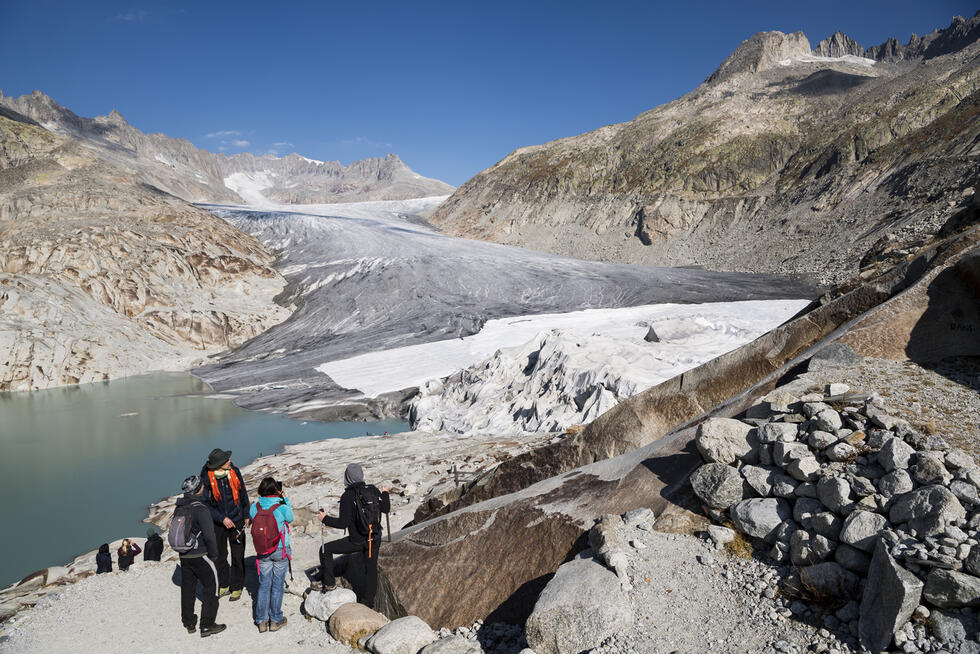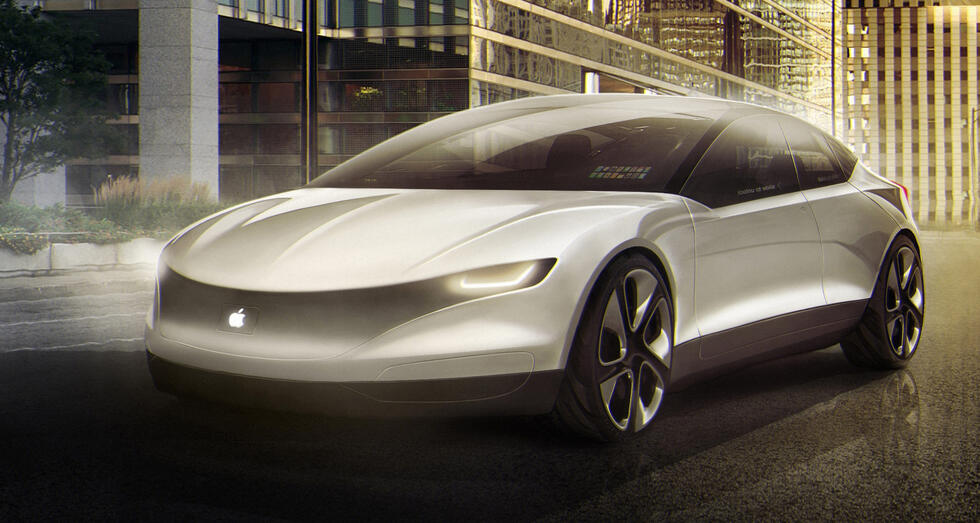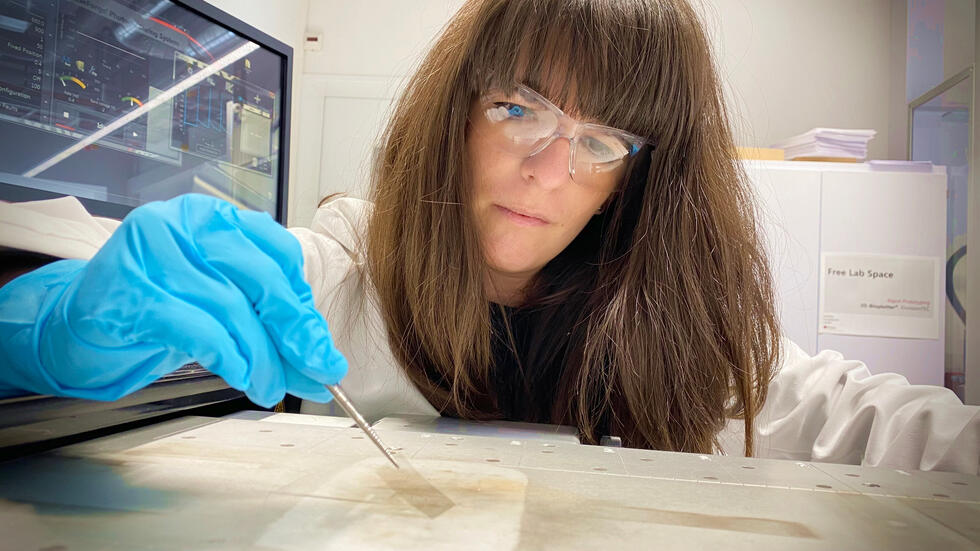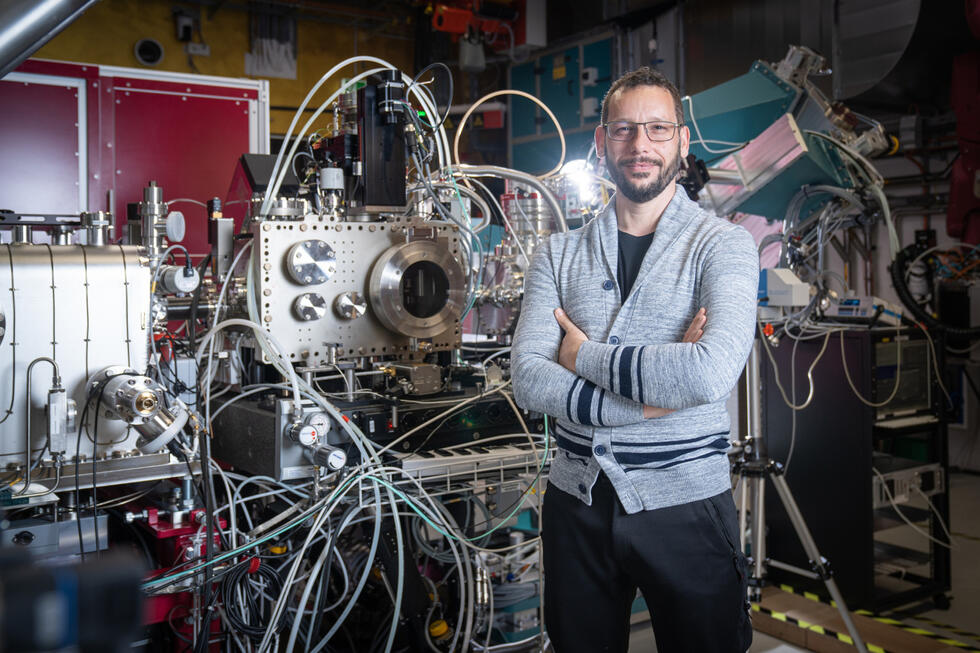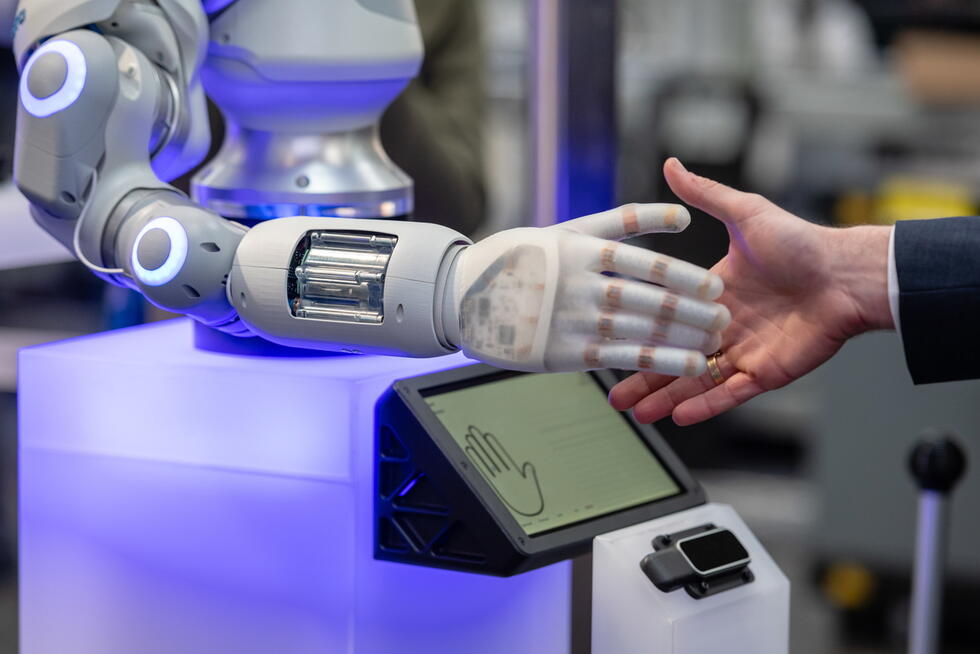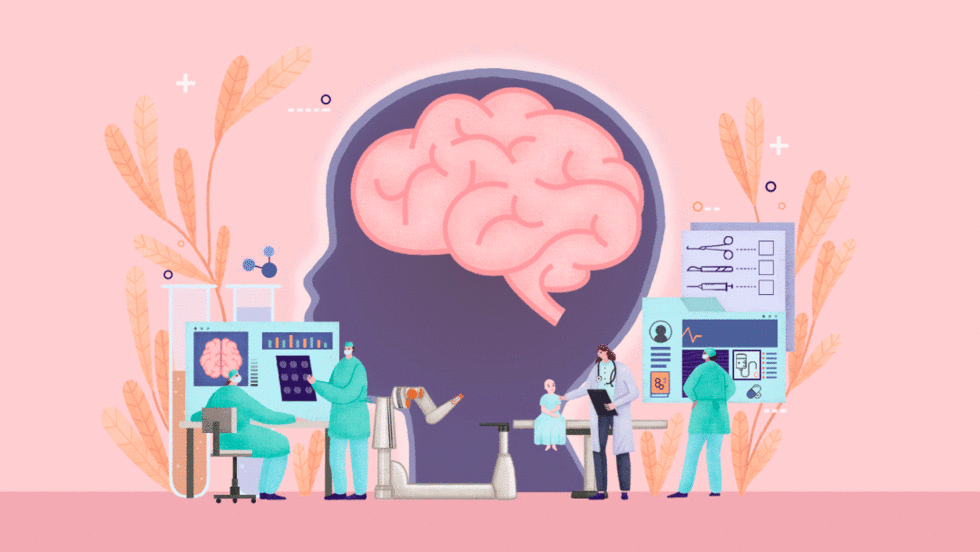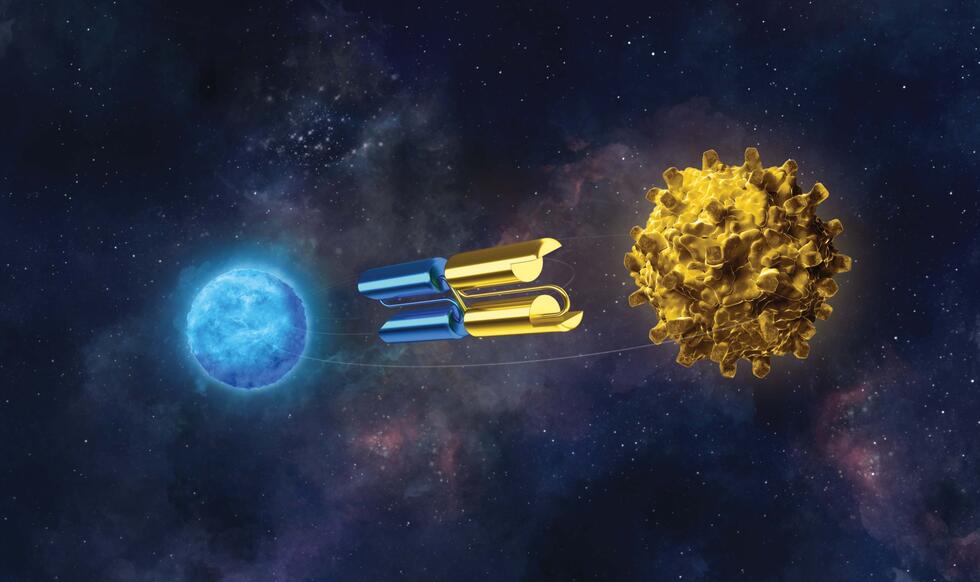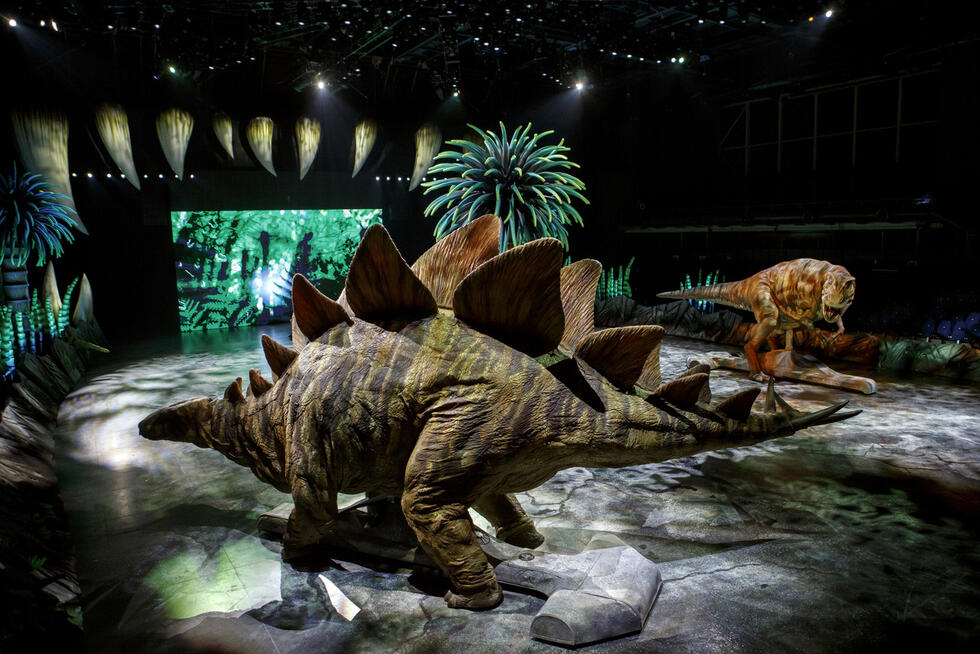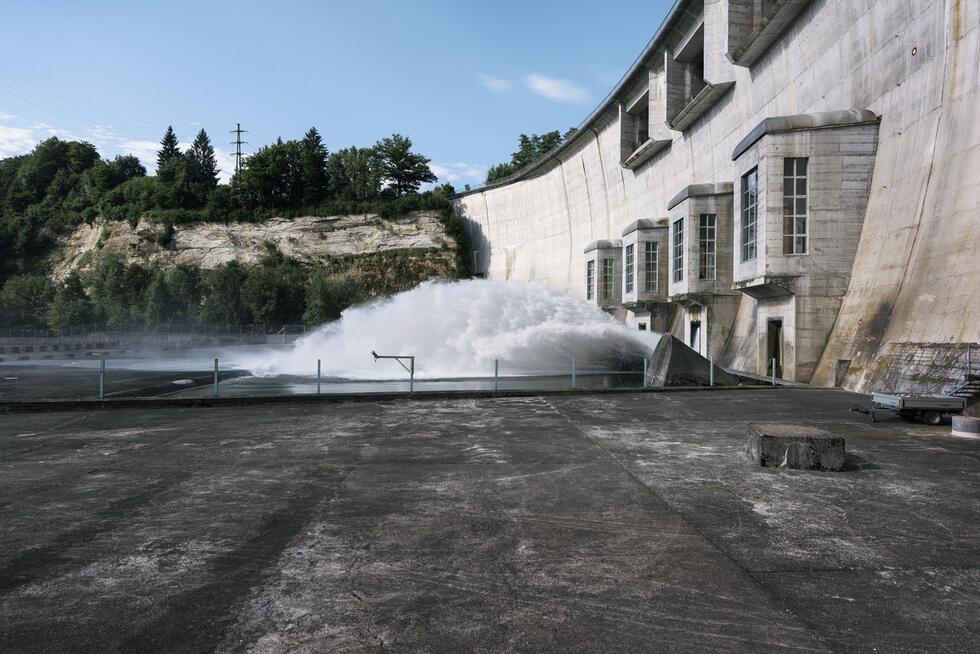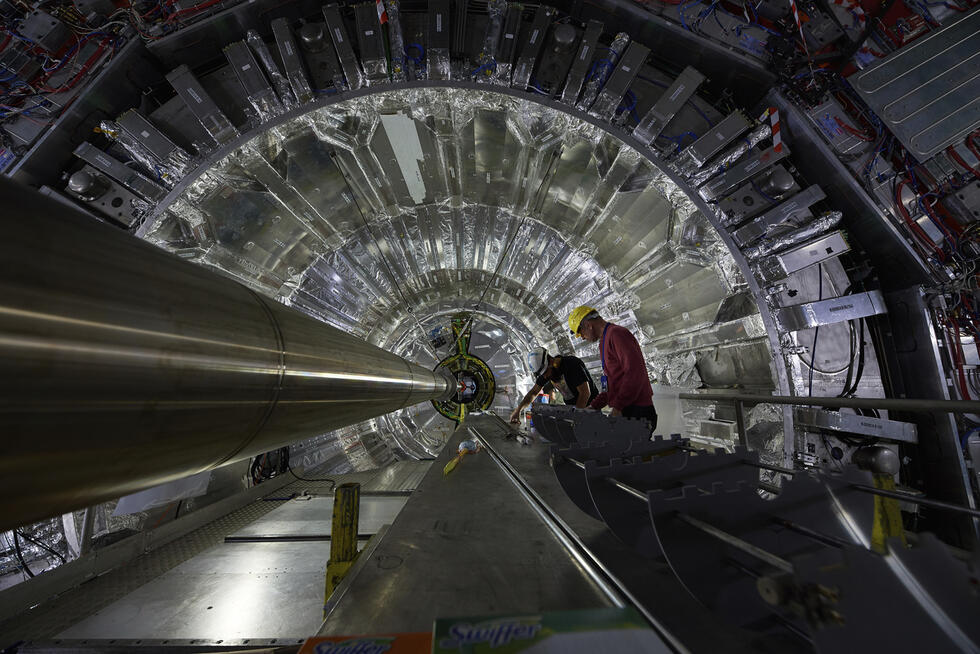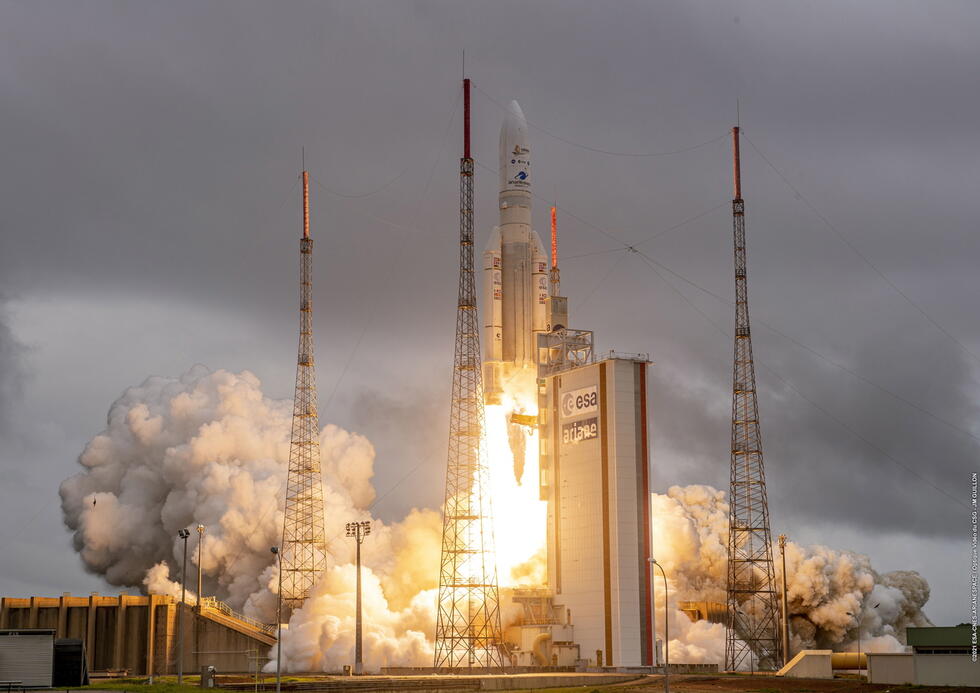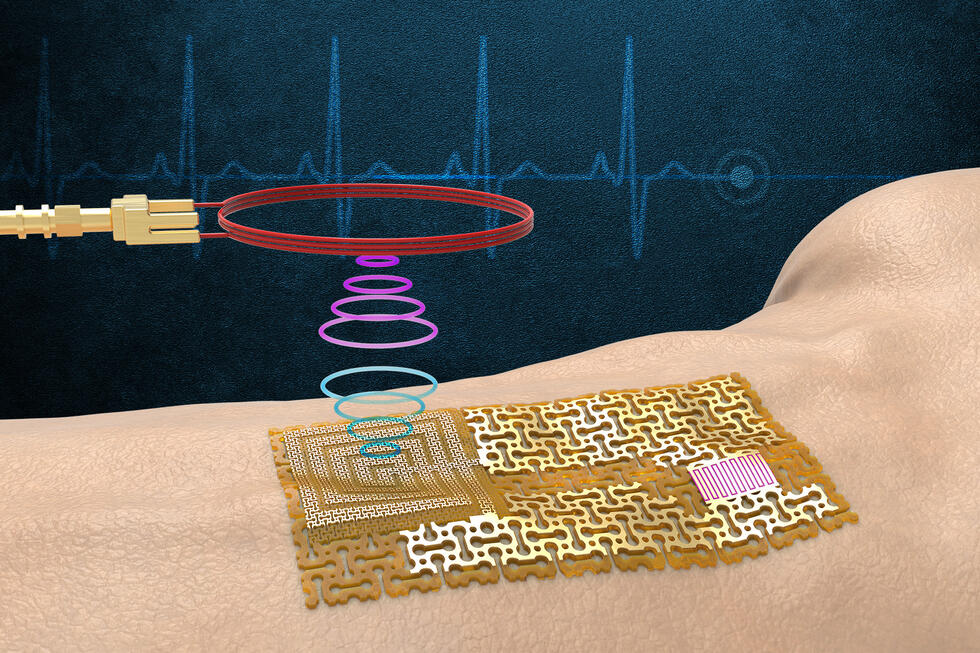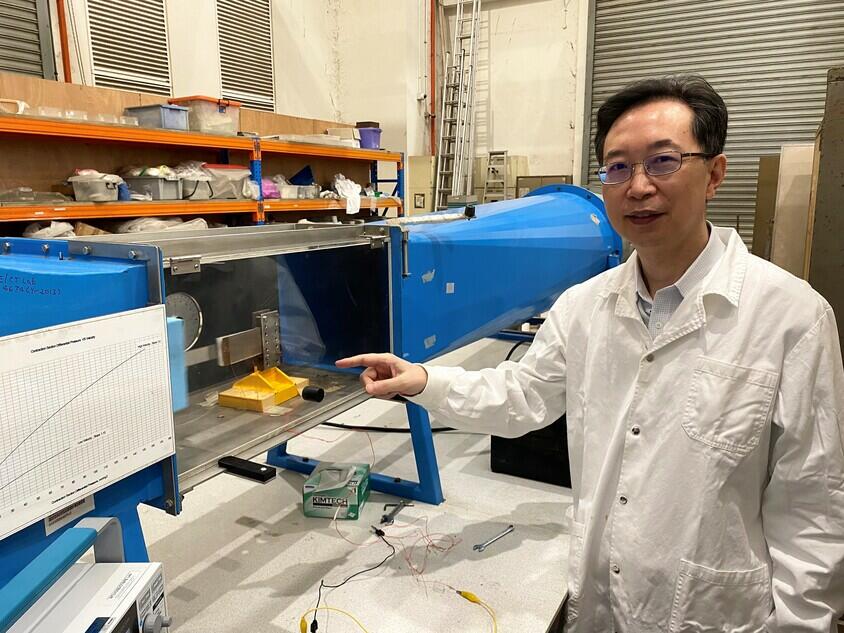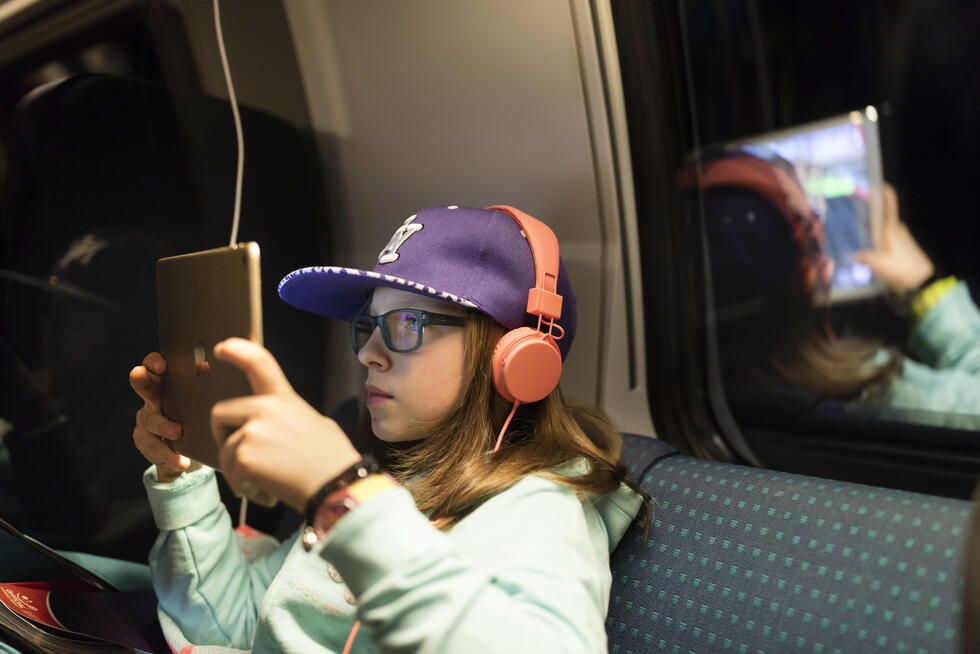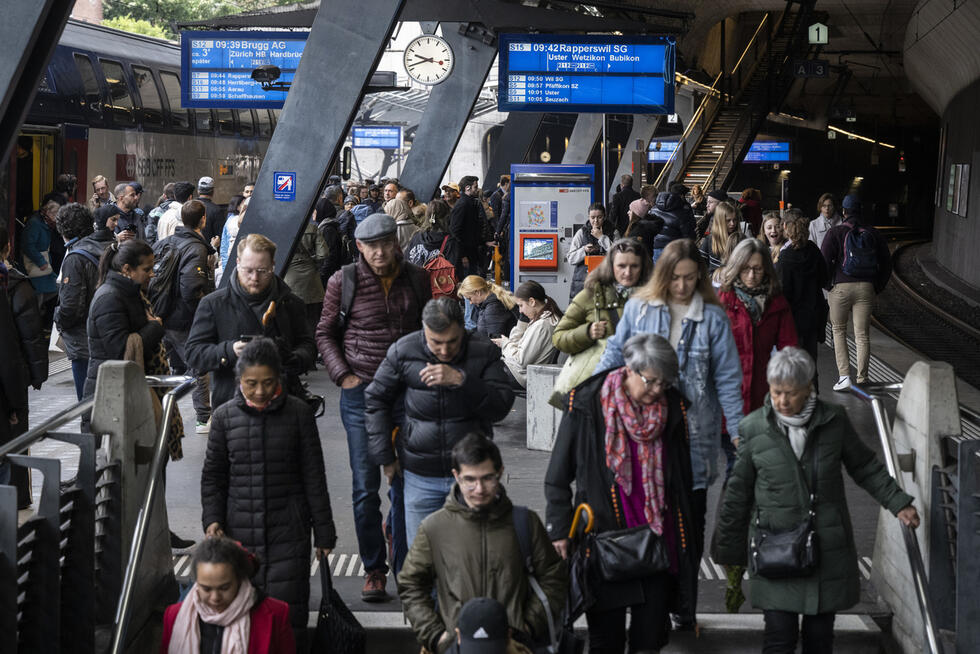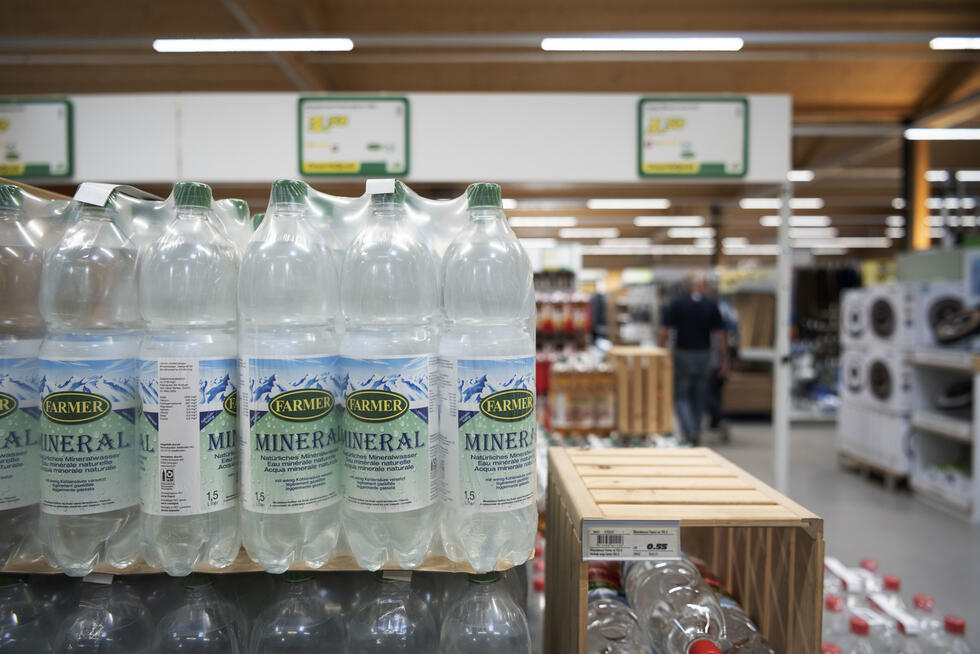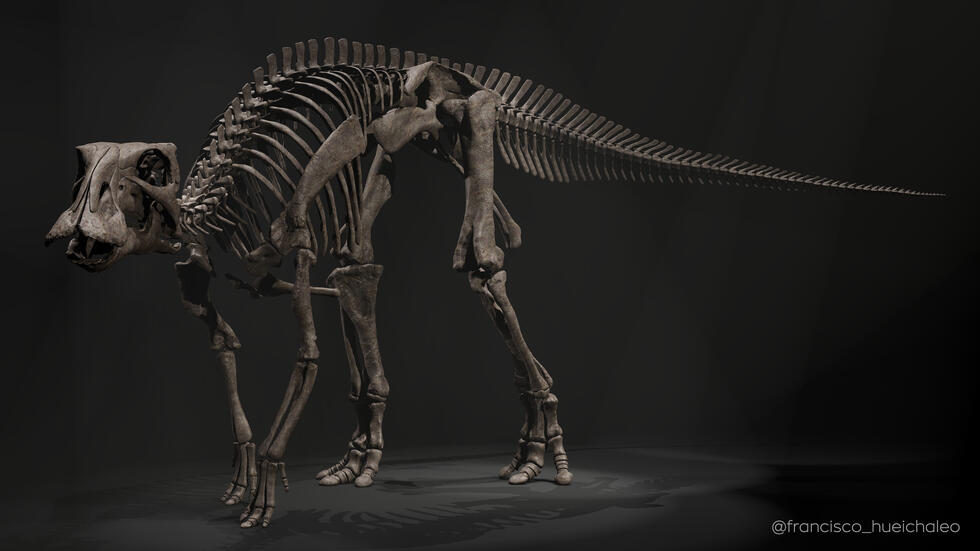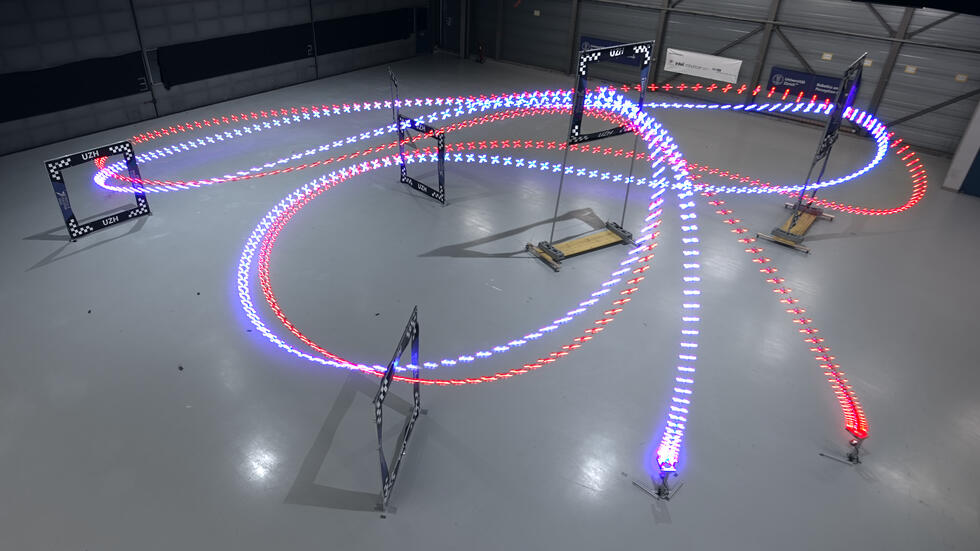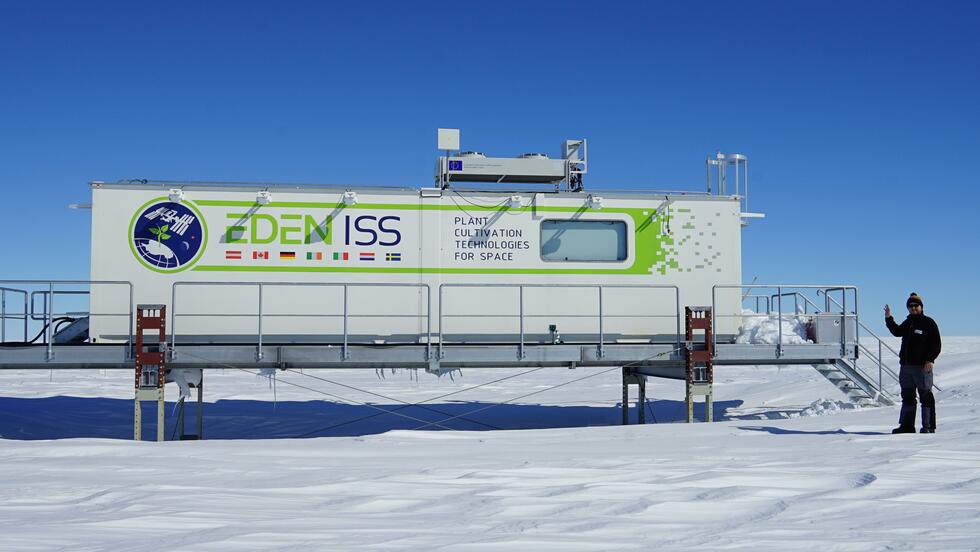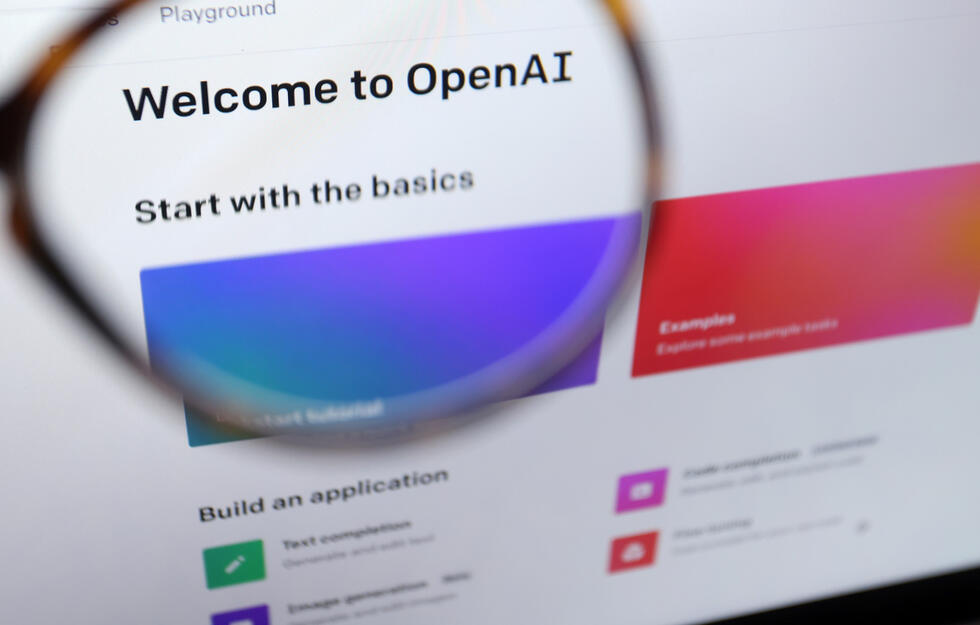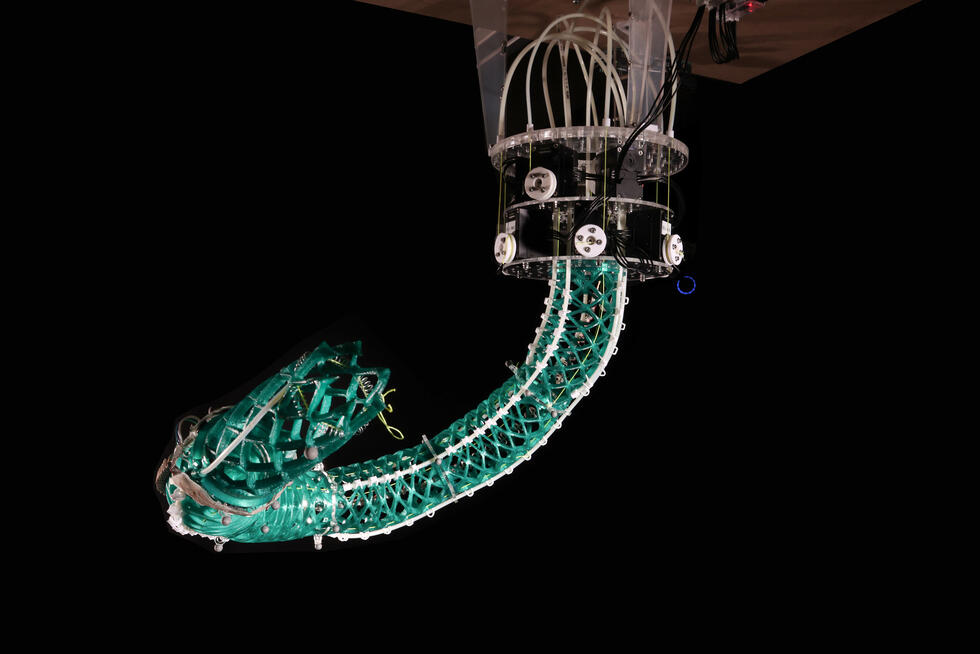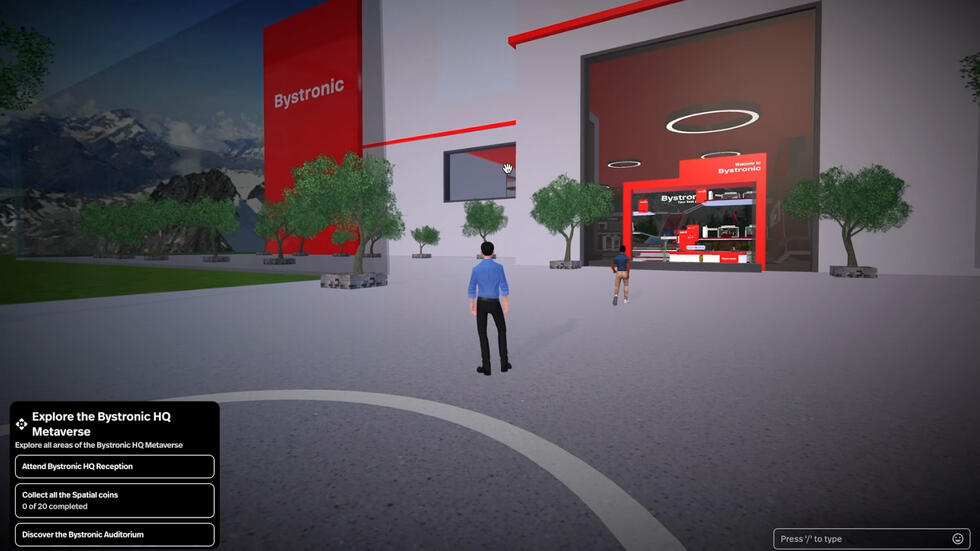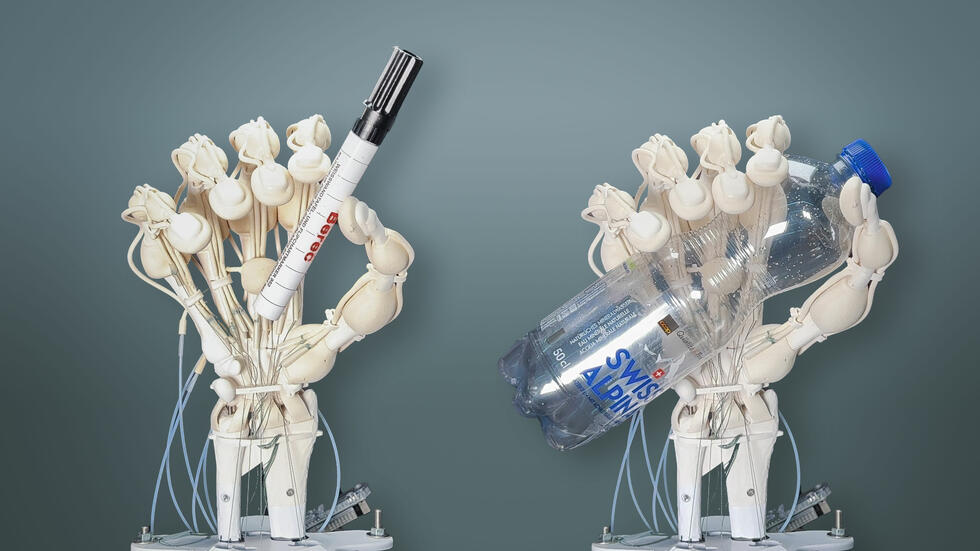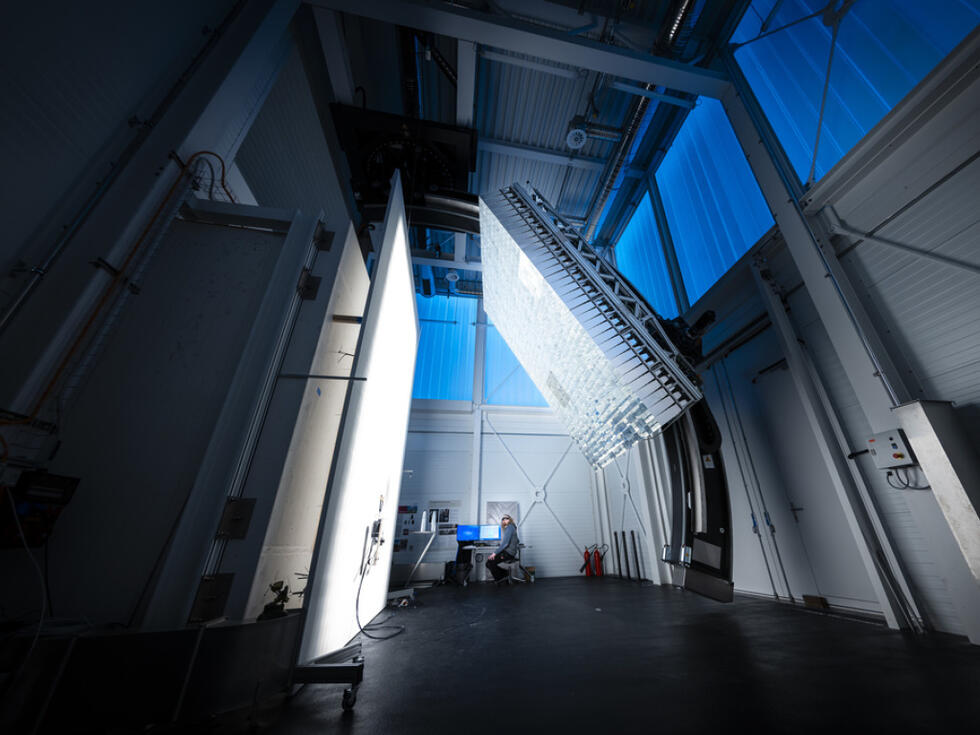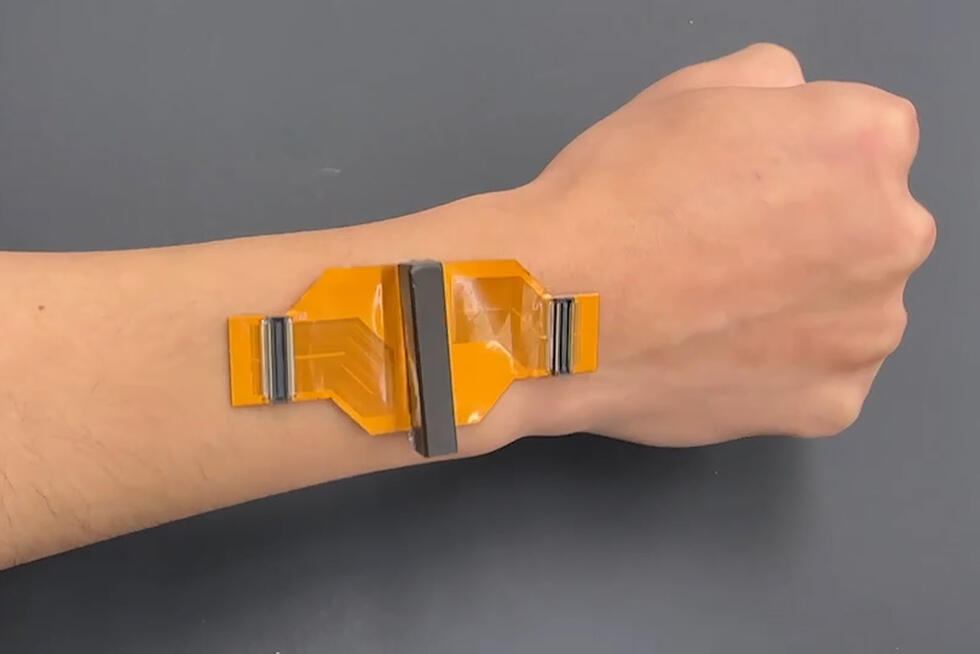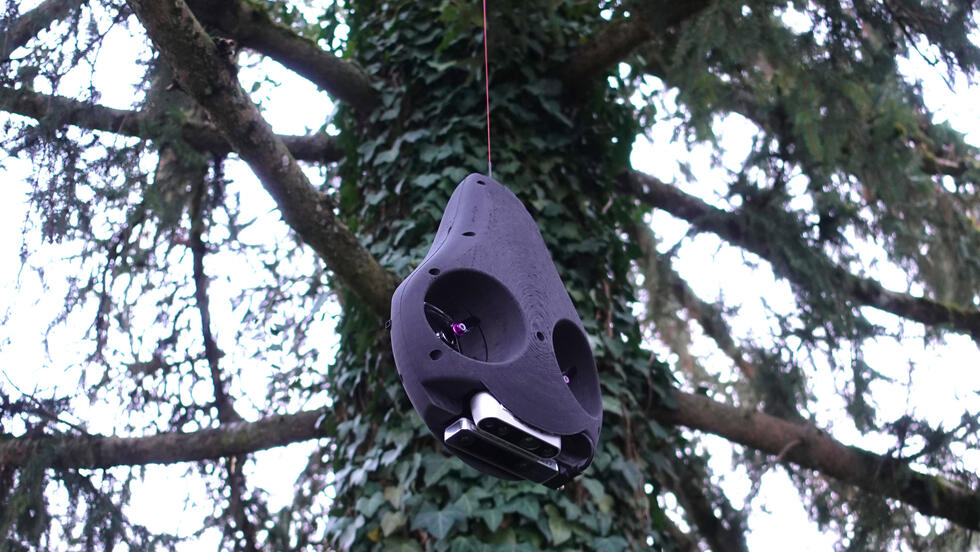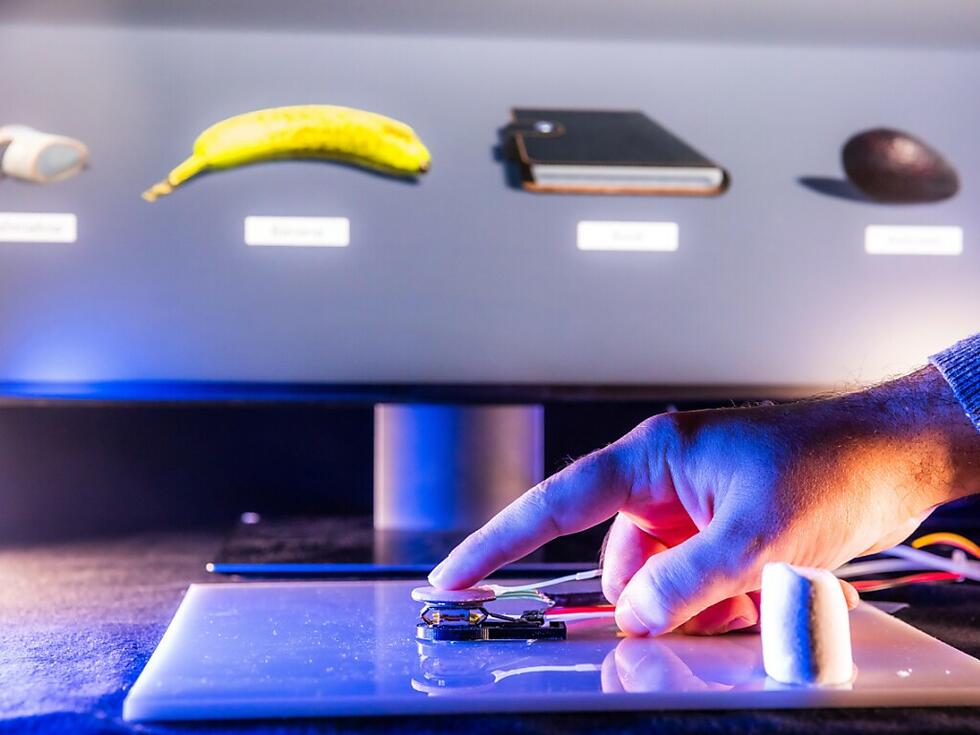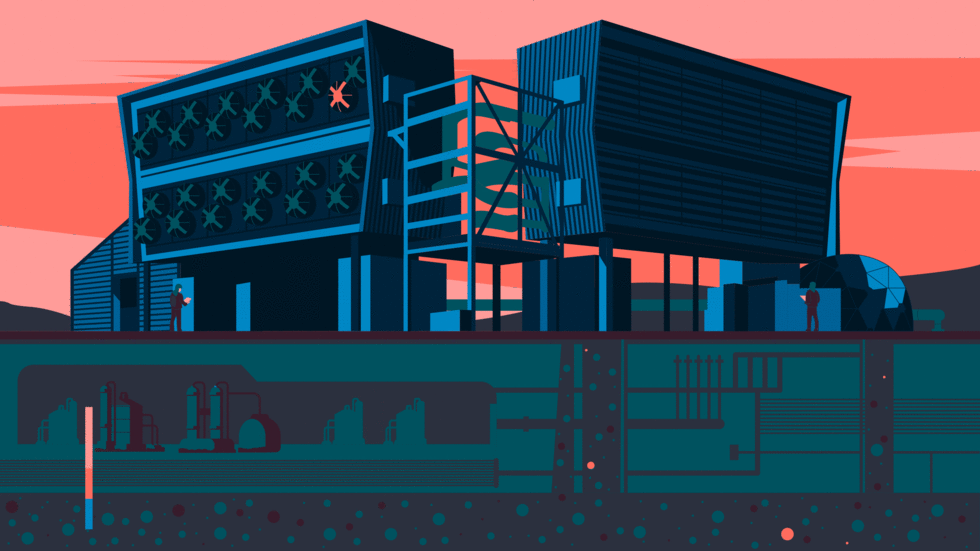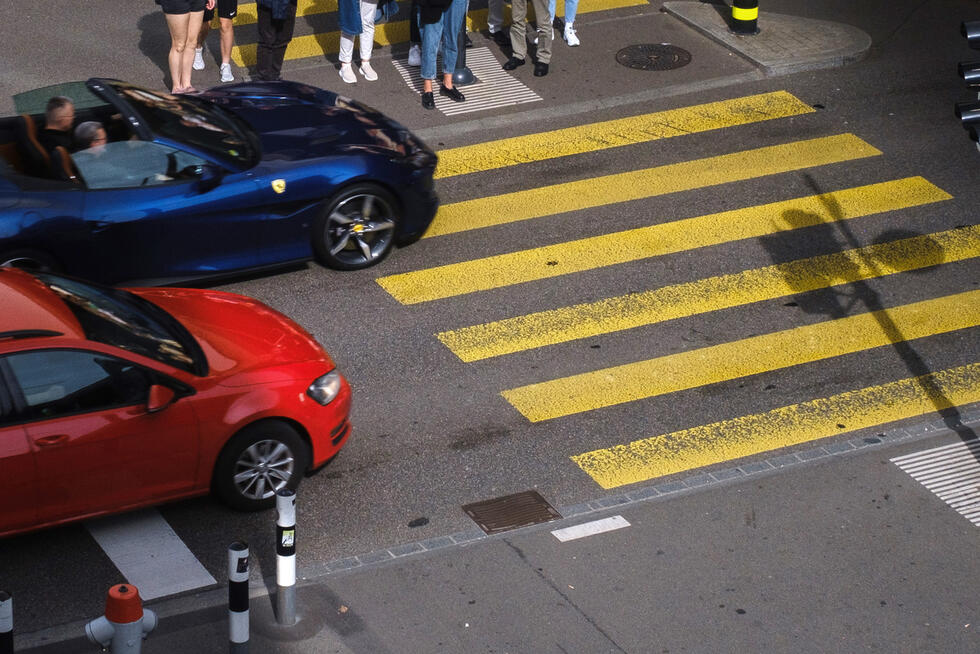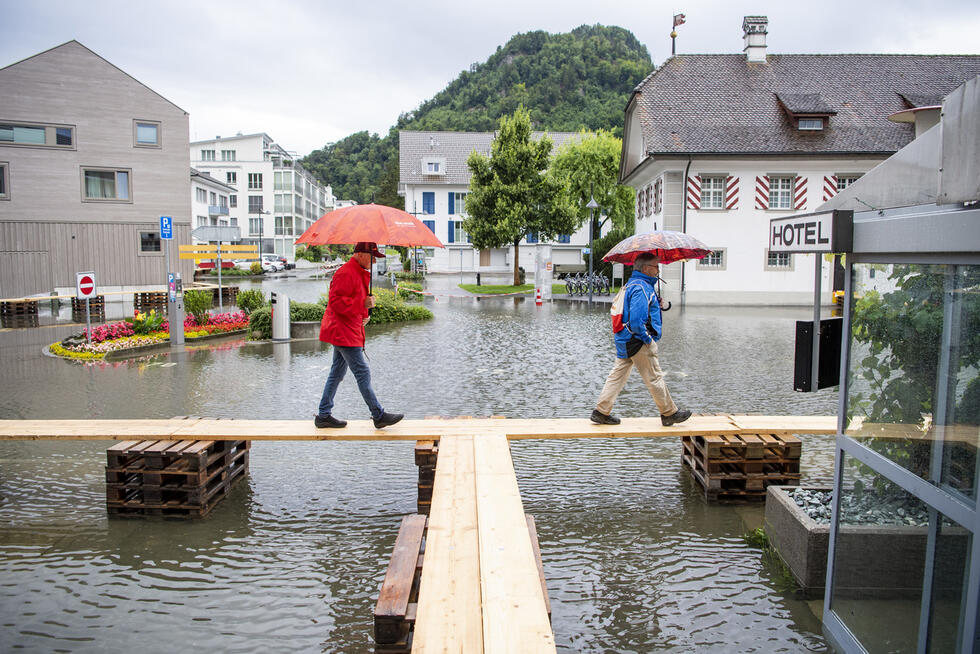Digital twins spur the metaverse to new heights
The virtual parallel world is in gold-rush fever. The race for the right position in the metaverse has begun. With its digital twins, the Swiss startup Nomoko is already ahead of the competition, at least in one area.
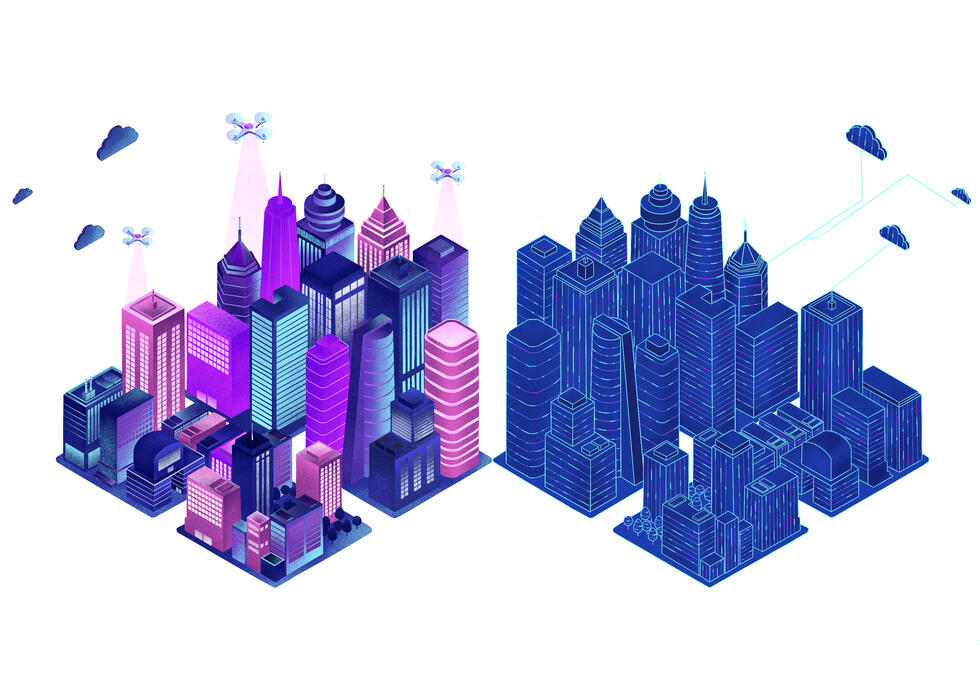
The metaverse – the digital promised land of the future. For some time now, the world has been revolving primarily around its virtual representation: the metaverse. After the social media giant Facebook officially renamed itself to Meta and proclaimed that the parallel universe will be the center of its future activities, the hype has grown even stronger.
Shares of companies such as the digitization specialist Matterport and the graphics card manufacturer Nvidia temporarily skyrocketed; everyone suddenly wanted to be part of the new virtual world. It took a damper from Facebook – oh, sorry, Meta – itself to slightly cool down the euphoria. The realization of a metaverse as envisioned by the “Zuckerberg Corporation” is likely to take another 15 to 20 years.


“I think of the metaverse as a digital image of the physical world that forms the infrastructure for future technological innovations”
Nilson Kufus, Nomoko
Digital twins of realities
Nilson Kufus experienced the hype first-hand. The founder of the Swiss startup Nomoko witnessed in his own world how the metaverse was being accorded ever greater relevance for the future. Not least since Facebook professed its clear commitment to the digital parallel world. This has given the vision a “massive boost”, Nilson Kufus says. Recently, he has increasingly experienced conversations over dinner with friends, which have turned into a passionate debate about the metaverse. “Until recently, this had never happened. This is a new development.” Yet many of his fellow diners had no idea that for one person at the table, the metaverse was already far more than just a vision of the future.
Indeed, Nomoko is one of the first companies to implement the metaverse principle in physical projects. The startup can be described as a platform provider that creates a metaverse for the physical world. The initial idea was to use an ultra-high resolution camera technology that had been developed in-house, to create simulations of cities and landscapes – a digital representation of reality. Nilson Kufus was inspired to pursue this idea while studying liberal arts and science in Maastricht. He started development in 2014, and a year later he founded Nomoko together with Kevin Mersch, whom he had got to know at the Swiss Federal Institute of Technology (ETH) in Zurich. Kevin Mersch brought his school friend Vincent Pedrini on board, the third co-founder of the innovative tech startup. In 2017, the trio began working on the technical implementation.
g


At first, Nomoko flew its high-end cameras over cities to create realistic 3D models – also known as “digital twins” – using millimeter-precise drone footage. “We started with hardware development, but today we focus on the entire process of creating digital twins,” Nilson Kufus explains. “Added value is mainly created by the digital twins, and for them, 3D technology is just one layer of many.”
In fact, the field of application for digital twins is vast. Autonomous means of transport such as drones, augmented and virtual reality, urban developments, game or movie projects, research, education – digital twins can be a key element everywhere. But the economic reality cannot yet keep up with the lofty technical ambitions. For example, it currently looks like it will still take many years before self-driving cars dominate the roads. As a result, although Nomoko is already in a position to provide the necessary simulations based on digital twins of cities, including all the data relating to mobility behavior, they are not yet attracting the necessary demand. Profitability is also a challenge in the game and film industry, where instead of scalable and thus economically sustainable models, the demand primarily focuses on elaborate originals for one-off projects.
Metaverse for the real estate sector
Consequently, Nomoko decided that in a first step, it will focus on the real estate sector. You have to start somewhere, Nilson Kufus says. He compares the situation to Amazon. Years ago, the US giant also started by selling books, only to go on to revolutionize online retailing as the world’s largest e-commerce provider. We were forced to realize that the almost infinite possibilities of digital twins in a market environment does not necessarily translate into an advantage. According to Nilson Kufus, the plan from the outset was to take a part of the physical world and digitize it. “During this process, we realized that real estate makes the most sense for us. Currently, focusing on one area is the optimal strategy for us because this is what makes the most sense from a product perspective. But that certainly does not mean that other applications won’t follow later on.”
“Many consider us to be the metaverse for the real estate sector”
Nomoko is currently something of a digital twin platform for the real estate sector. The Zurich-based startup creates data representations of objects that go far beyond being able to virtually walk through an apartment or house. The view, surroundings, location, floors, area, noise reduction, possibilities for solar panels, energy system, carbon footprint, price development – everything that is important for a property can be experienced true to life thanks Nomoko’s digital twins. Nomoko uses cutting-edge technology to bring the real estate industry together and they are inviting other providers – such as the already mentioned Matterport – to join the platform. Nilson Kufus confidently declares: “Many consider us to be the metaverse for the real estate sector.”
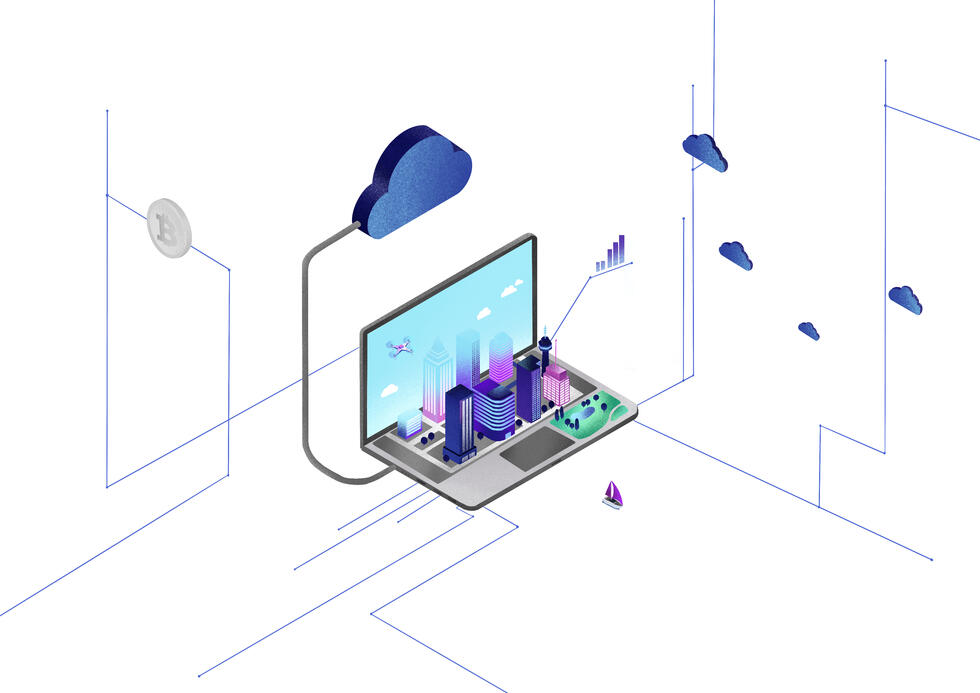
Different players, different verses
Contrary to a common misconception, there is no such thing as the metaverse. There are many. Currently, one of the key players in the metaverse is “The Sandbox”. The SAND digital token acts as a community-driven platform where creators can monetize assets and gaming experiences on the blockchain. Decentraland is another major provider. It bears some similarity to “The Sandbox” in that it also allows users to purchase properties using their own token. Somnium Space is also a VR world, which is based on the Ethereum blockchain. As an open source platform, Somnium Space allows users to purchase plots of land, houses, or digital buildings, as well as assets from its online multiverse.
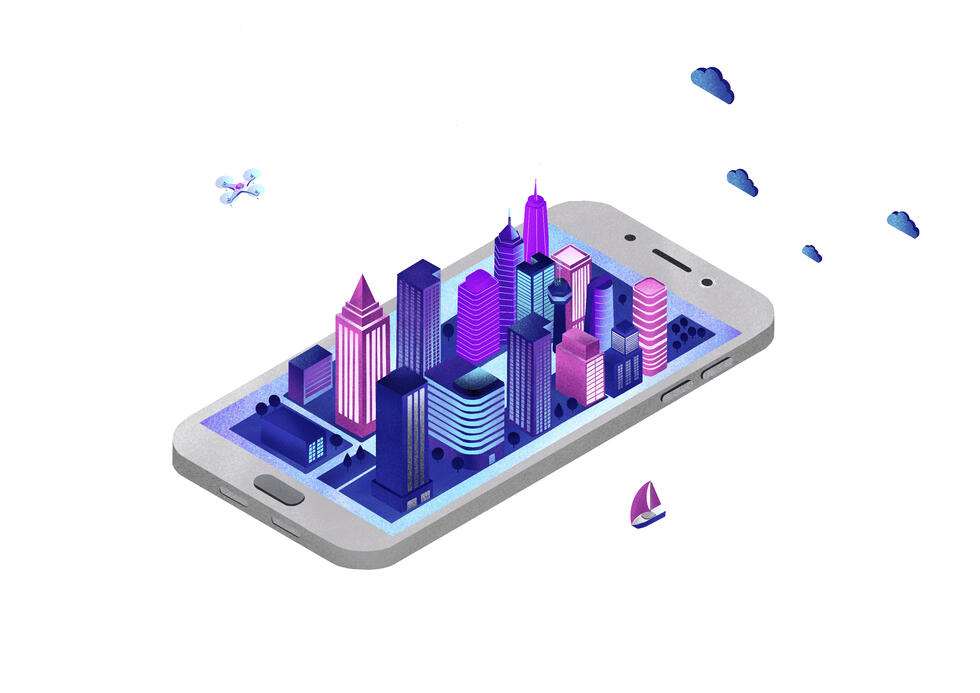
Nomoko also sees itself as a part of this environment. For Nilson Kufus, the metaverse is not a playground, but rather a functional parallel world offering tangible benefits. In fact, there will soon be a specific metaverse that represents the physical world, he says. Without this, autonomous mobility, for example, could not work because it requires everyone to have access to the same data. “This metaverse must be linked to the physical world. That is also our vision.”
That this vision of the metaverse does not necessarily coincide with the one Mark Zuckerberg is promoting is hardly surprising. “To me, the Facebook vision is dystopian,” Nilson Kufus says. It’s a bit like the Steven Spielberg movie “Ready Player One”, he says, where frustrated people escape into a parallel world because everyday life has become so dull and boring. “That’s not how I imagine the metaverse. I think of the metaverse as a digital image of the physical world that forms the infrastructure for future technological innovations. And I am positive that this metaverse will happen.”



